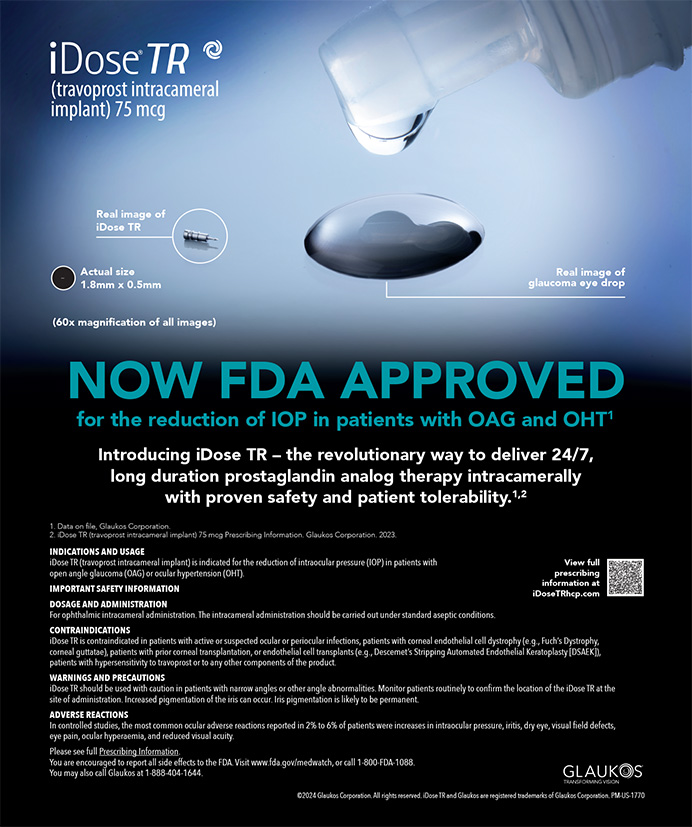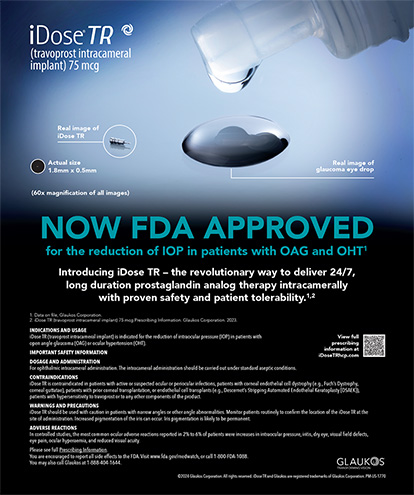In a little less than 1 year, the first of America's 78 million baby boomers will reach 60 years of age. The boomers—those Americans born between 1946 and 1964—are closely watched by demographers because they vastly affect consumer markets. This group's impact on the economy has been likened to “a pig in a python.” Many of today's retail industries and product categories were either created for or redefined by the baby boomers. From the 1960s through the 1980s, they were responsible for tremendous growth in fast food, amusement parks, music, and shopping malls. In the last 2 decades, products and services such as mutual funds, luxury travel, SUVs, and health clubs have emerged to satisfy boomers in their 30s and 40s. What about the next 10 to 20 years? Baby boomers, whose buying habits have proven to be vastly different from previous generations', are going to do everything possible to stall the aging process. They're already resisting labels such as old, retired, mature, or senior—any description that society previously used for people in their 60s and 70s.
DIFFERENT FROM THEIR PARENTSThe baby boomers are defined more by their buying behaviors than by their age (ie, psychographics vs demographics). Today's baby boomers, who range in age from 41 to 59, are in their peak earning years. They are characterized by an intense desire to stay, look, and feel young. They are willing to spend money toward this goal, and—perhaps most importantly for eye surgeons—they demand high levels of service. This profile is very different from these individuals' parents, many of whom have enjoyed the benefits of cataract surgery during the past 30 years. Patients belonging to that generation were content to sit in a waiting room (can you imagine a Yuppie willing to wait for anything?), and time at the doctor's office was often the highlight of their day. That type of patient is disappearing.
OPHTHALMOLOGY, GET READYThe age range of today's baby boomers is associated with two main visual events: the onset of presbyopia and the development of cataracts. The implications for ophthalmologists are tremendous; the rapid increase in the number of people turning 60 each year will create a parallel increase in demand for all forms of eye surgery and care associated with aging (Figure 1). The ophthalmic profession will need to respond. Manufacturers are already doing their part by developing new generations of IOLs as well as other products and procedures to help restore vision and minimize or eliminate presbyopia and cataracts. Beyond refractive surgery, tremendous resources are being channeled toward finding solutions for glaucoma, age-related macular degeneration, and dry eye conditions. Providers have a lot of work to do in preparation for this influx of patients that will occur during the next 10 to 20 years. Here are a few key considerations.
Refractive Surgery Needs RethinkingThe category has the potential to grow much larger and is no longer just about LASIK. Options in refractive surgery are closing in on a treatment for presbyopia, with solutions that overcome the traditional compromises afforded by monovision. Moreover, is cataract surgery truly any different from refractive surgery? Older cataract patients share a goal with younger refractive patients: both want excellent unaided vision. From this perspective, a cataract is yet another obstacle to this goal, much like myopia or astigmatism. Refractive surgery will continue to evolve into a much wider definition, in step with surgical innovation that will allow it to do so.
Technology Will ExplodeThere is going to be a multitude of surgical options for refractive surgery. Although this is great for surgeons as well as patients, we now have nearly 1 decade of experience with LASIK and have seen the confusion and delay in market acceptance created by improper promotion of the procedure and the technologies behind it. The best way to prevent the consumer market from imploding is to learn from the mistakes of the early LASIK market and stop confusing patients in advertising and communications. As incredible as all this new technology will be in providing surgeons with tools for vision correction, consumers are not nearly as interested in the technology as are practitioners.
Financing Becomes CriticalAlthough baby boomers are willing to spend money, they increasingly lack the means to do so. Average household credit card debt has more than doubled in the past decade and is approaching $10,000. Typically, only one in four Americans has more than $500 available in a checking account. Making surgery affordable via patient financing (rather than low prices) is the key to penetrating the baby boomer market. Other “big ticket” consumer categories have made financing imperative; nearly 100% of all home, 90% of automotive, 40% of furniture, and 30% of electronic purchases are financed. Estimates on LASIK financing are in the 10% to 15% range, a figure clearly lagging behind that of other products and services. Moreover, with retail prices for refractive IOLs at $8,000 to $10,000 per patient (more than double the average price for LASIK), the need for patient financing will only increase with time.
Packaging MattersIn the world of marketing, packaging has become a key factor in product acceptance. Take milk, for example. Several years ago, innovative plastic containers with strong curves and bright colors emerged (Figure 2) to replace the traditional cartons. Since then, schools and restaurants that swithed to the plastic containers have reported higher milk sales among kids.1 In another example, the AARP, the nation's largest advocacy group for people older than 50, used to be known as The American Association for Retired Persons. The organization officially dropped the name for the acronym in the late 1990s and retitled its magazine AARP Magazine (from Modern Maturity).
The words and phrases used to describe the expanding ocular surgery market, which also encompasses IOLs, will have a major impact on its success with consumers. Cataract surgery may have been an acceptable term to baby boomers' parents, but it will undoubtedly be perceived as antiquated and will fail to appeal to age-sensitive boomers. One physician calls the condition “dysfunctional lens syndrome”; he's got the right idea in terms of packaging.
SUMMARYAn exciting era for eye care and ophthalmic surgery is beginning. The first two refractive IOLs are now available, and many more will follow. The entire refractive surgery category, including LASIK, has the potential to benefit and grow, but that will require a concerted effort across the board—from manufacturers, the major professional societies, and physicians—to operate with a much more consistent message and presence when trying to resonate with the baby boomer population.
Shareef Mahdavi draws on 20 years of medical-device marketing experience to help companies and providers become more effective and creative in their marketing and sales efforts. Mr. Mahdavi welcomes comments at (925) 425-9963 or shareef@sm2consulting.com. Archives of his monthly column may be found at www.crstoday.com.
1. Hirsche JM. It's back to the future for kids' milk containers.

